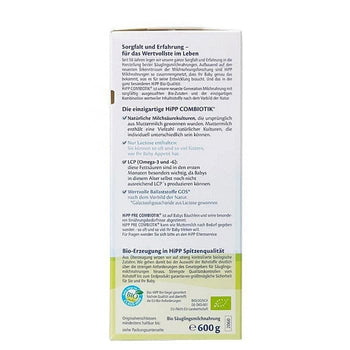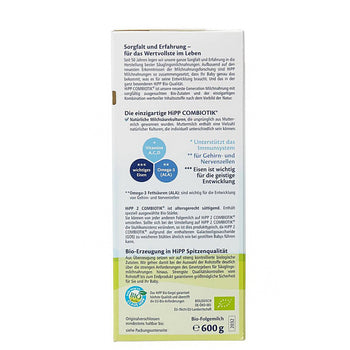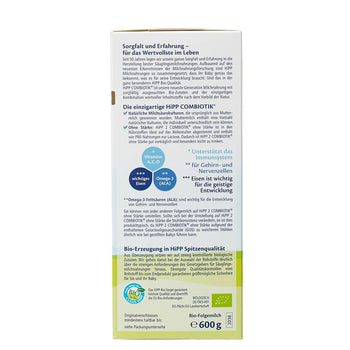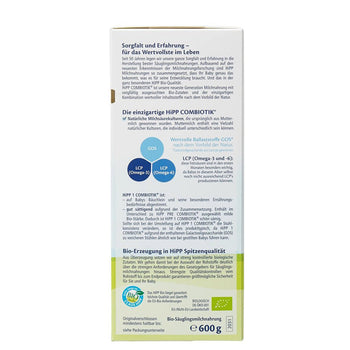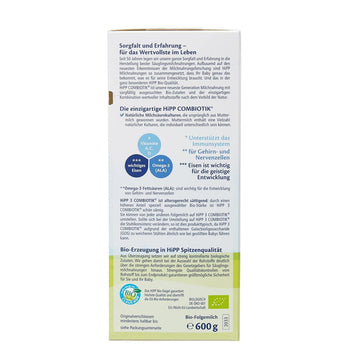Breastfeeding has many advantages for both the baby and the mother. There are many substances in breast milk that canít be found in cowís milk. More so, there are fewer complications associated with breast milk than with cowís milk.
It has been advertised time and again that it is best for the babies if they are breastfed for the first six months even up to two years. So why is breast milk so beneficial for the baby? First of all, only breast milk contains colostrums which are essential for the baby to take. Commercially-made milk cannot simulate the colostrums made by a mother. The colostrums contain natural antibodies and immune globulins that are responsible for keeping the baby free from illness for the first few months of its life.
Another advantage breast milk has over cowís milk is that it allows the mother to save as cowís milk can be expensive. The baby can better adapt to breast milk. Their feces are not smelly and they donít have any difficulty defecating compared to cowís milk. Breastfeeding has also been approved to be one of the family planning methods that a family can observe.
Since breastfeeding has been given so much importance, many women have been made aware. However, despite the awareness, many mothers still report of breast problems associated with lactation. These problems are most often than not, associated with improper breastfeeding techniques. In order to lower down the incidence of breast-related problems due to lactation, it is important that mothers observe the proper techniques of breastfeeding. Ultimately, both the mother as well as the baby will benefit from the proper observance of these techniques.
First of all, you need to prepare your breast for milk production. There are various nipple exercises to perform in order to prepare your nipple to deliver breast milk to your baby. One of these exercises would involve routinely pinching the nipple.
Second and what most mothers fail to realize is how to keep the nipple clean before the baby latches on to it for feeding. When you plan to breastfeed, you should avoid using soap on your nipple. If this cannot be avoided, your nipple should be wiped using a soft cloth soaked in clean water to make sure your nipple is clean before your baby feeds from it.
Third and perhaps the most important step is to allow your baby to properly latch on to your nipple. You will know when your baby is latched on properly when your babyís mouth covers the entire areola and not just the nipples. It is essential that your baby should latch on properly so that he or she can properly stimulate the ìlet-down reflexî of your breasts wherein the milk will go down the ducts and out your nipple.
To aid your baby in latching on properly, you should make use of their rooting reflex. This is manifested in the first few months of life. You stimulate your babyís cheek, near their mouth using your nipple and their head will automatically turn towards the stimulation. Their mouth will open and be ready for receiving your nipple. Once youíre has done, you can aid your baby to stop latching on by inserting a clean pinky finger into the side of their mouth and propping it slightly open. Your baby will stop sucking and you can remove your nipple.
To prevent sore nipples and breast engorgement you have to monitor the amount of time your baby sucks with each nipple. It is usually advisable to spend 10-15 minutes each breast to make sure that the breasts are completely emptied of milk. This will prevent breast engorgement. The next time your baby feeds on your breast, let your baby feed from the last breast he or she fed on. This will completely empty the milk on that breast before you move on to the other breast.
Category
- #BabyFormula2025
- #BabyFormulaHealth
- #EuropeanFormula
- #FormulaNeeds
- #FormulaSafety
- #HealthyBaby
- #InfantFeeding
- #InfantNutrition
- #OrganicFormula
- #ParentingGuide
- baby food variety
- baby formula recipes
- baby-nutrition
- banana oat pancakes
- creamy pasta for children
- easy recipes for busy
- EU-vs-US-standards
- fortified French toast
- hidden vegetables
- hipp goat
- holle
- holle baby formula
- holle european formula
- Holle Goat
- Holle organic formula
- homemade baby food
- Jovie
- Kendamil
- nutrient-rich baby meals
- nutritious meals for toddlers
- organic-baby-formula
- smoothie bowls for kids
Recent Posts
Please upload banner from store admin blog pages
Weekly Top Seller















